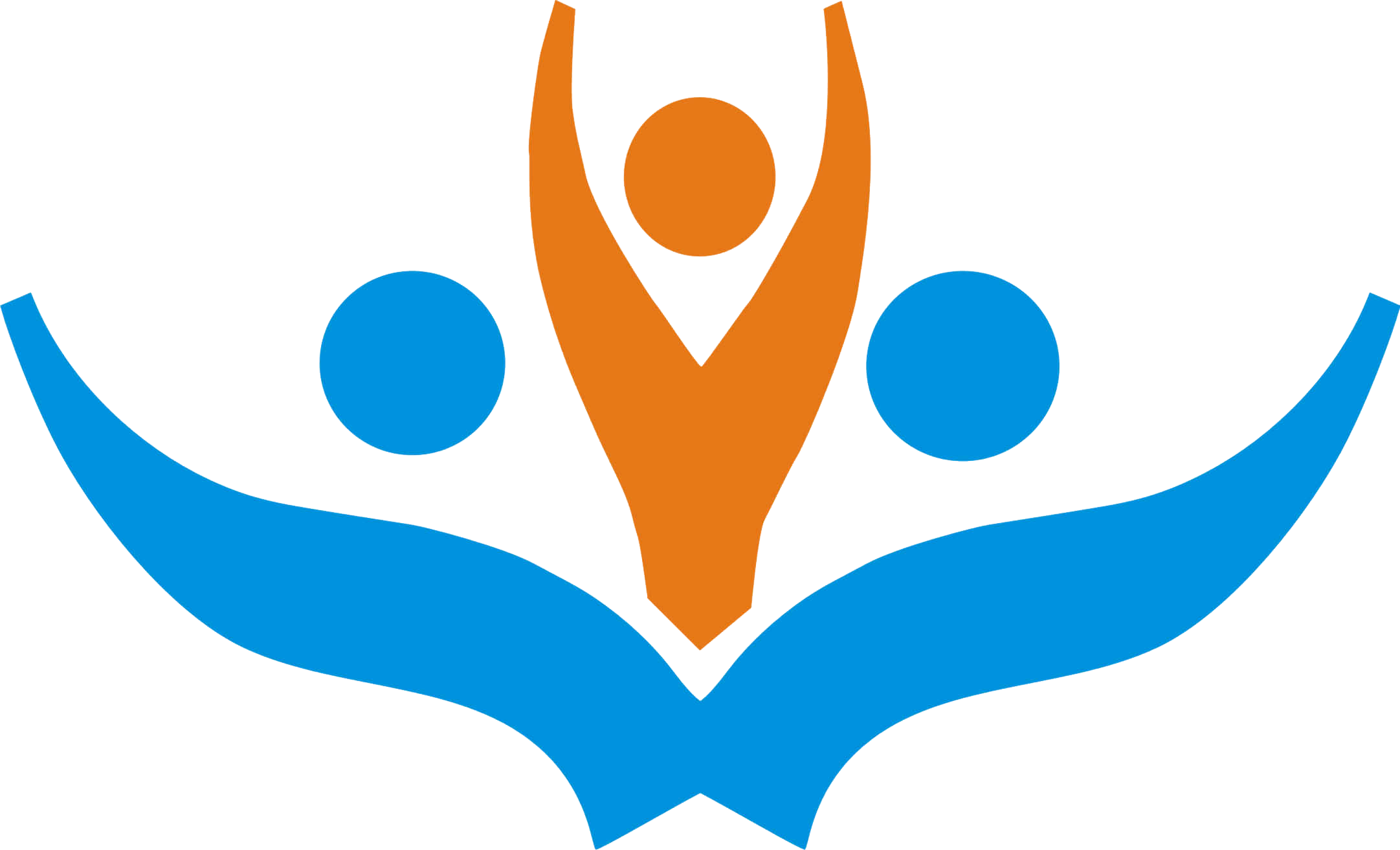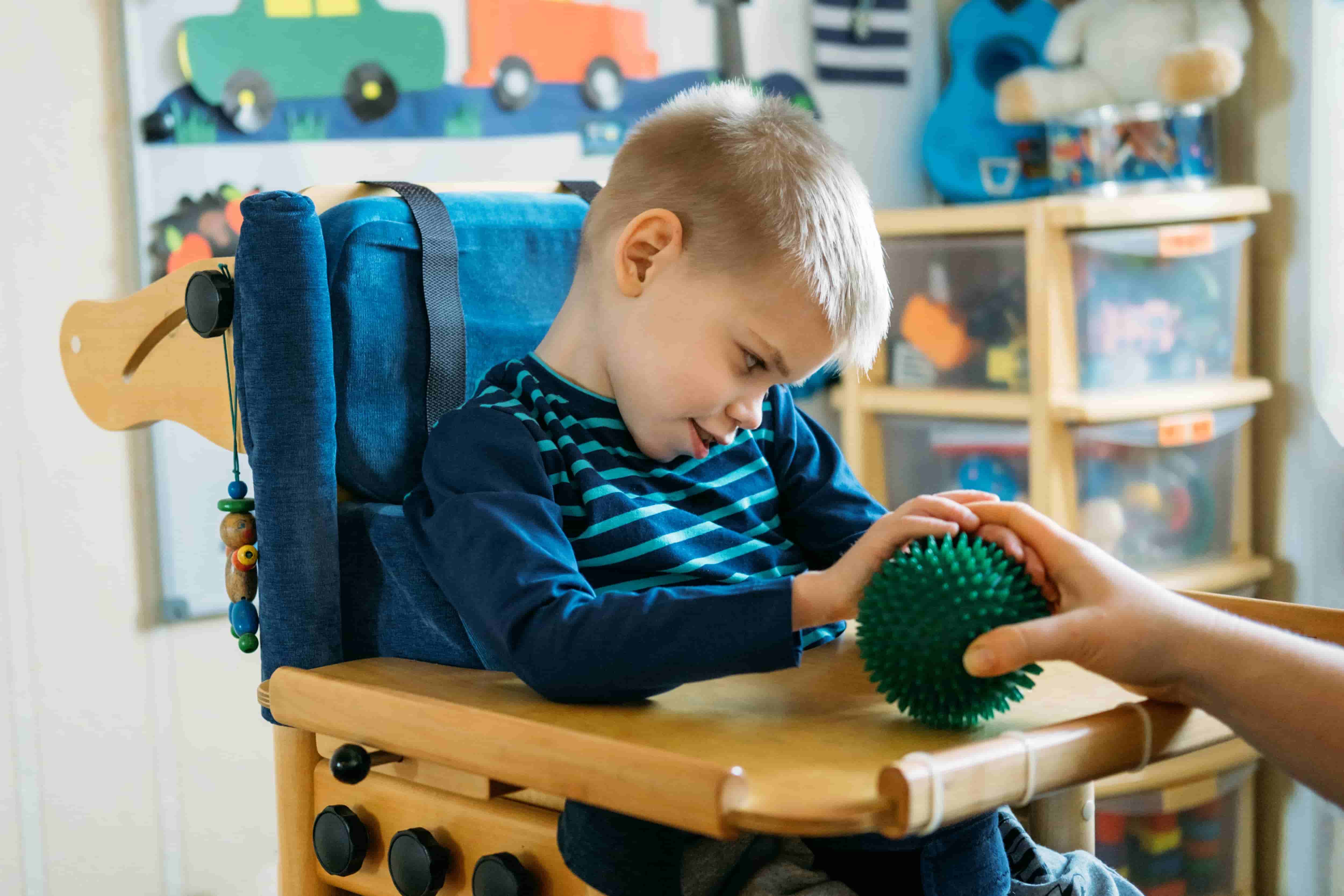
Navigating the Maze: Differentiating Autism from Learning Disorder
Once upon a time in a small town, two young students, Vidhyuth and Aparna, stood at the crossroads of confusion. Both exhibited certain challenges in their learning journey, but their struggles were distinct. As a teacher in the same school, I witnessed their unique paths of growth and embarked on a mission to understand the differences between autism and learning disorder to provide them with tailored support. This is the story of how I navigated this intricate maze.
Vidhyuth was a bright child who excelled in certain subjects but found it difficult to maintain eye contact and connect with peers. Aparna, on the other hand, was a diligent student, but her academic progress was slower than her classmates, and she often misunderstood verbal instructions. Recognizing the nuances, I decided to delve deeper into their challenges.
As I researched, I discovered that Autism, or Autism Spectrum Disorder (ASD), is a neurological condition characterized by challenges in social interaction, communication, and repetitive behaviors. Individuals with autism may have difficulty understanding nonverbal cues, struggle with expressive language, and prefer routines. While Vidhyuth’s exceptional skills in specific subjects aligned with autism, I observed Aparna’s challenges were rooted in a different context.
Next, I explored learning disorder (LD), which are specific difficulties in acquiring and using academic skills despite having average or above-average intelligence. Children with learning disorder may struggle with reading, writing, or math, making it challenging to keep up with the pace of their peers. Aparna’s slow progress in certain academic areas resonated with the characteristics of a learning disorder.
To delve further into the differences, I closely observed Vidhyuth and Aparna’s interactions. Vidhyuth displayed social challenges like avoiding eye contact, difficulty engaging in group activities, and a preference for solitary play. On the other hand, Aparna interacted well with her peers, but her learning difficulties were evident in her written assignments and comprehension tasks.
Communication patterns also provided valuable insights. Vidhyuth had a rich vocabulary but struggled with reciprocal conversation and understanding abstract language. Aparna, however, communicated well but faced hurdles in expressing her thoughts coherently in writing and grasping complex ideas.
Armed with this newfound knowledge, I adapted my teaching strategies to cater to their unique requirements. For Vidhyuth, I incorporated visual aids and social stories to enhance social skills, while for Aparna, multisensory techniques and one-on-one support bolstered her reading and writing abilities.
As the school year progressed, both Vidhyuth and Aparna showed remarkable progress with personalized support. Understanding the differences between autism and learning disorder enabled me to tailor my approach, providing them with the tools they needed to overcome their challenges and thrive in their academic and social endeavors.
In this journey of exploration, I realized that early identification and targeted interventions are pivotal for empowering students with diverse learning needs. Every child’s learning path is unique, and by acknowledging their strengths and addressing their challenges, we can create an inclusive environment where all students can blossom. So, let us continue to learn, adapt, and support every child on their quest for knowledge, for within their struggle lie incredible potential and boundless possibilities.
| Tweet |





